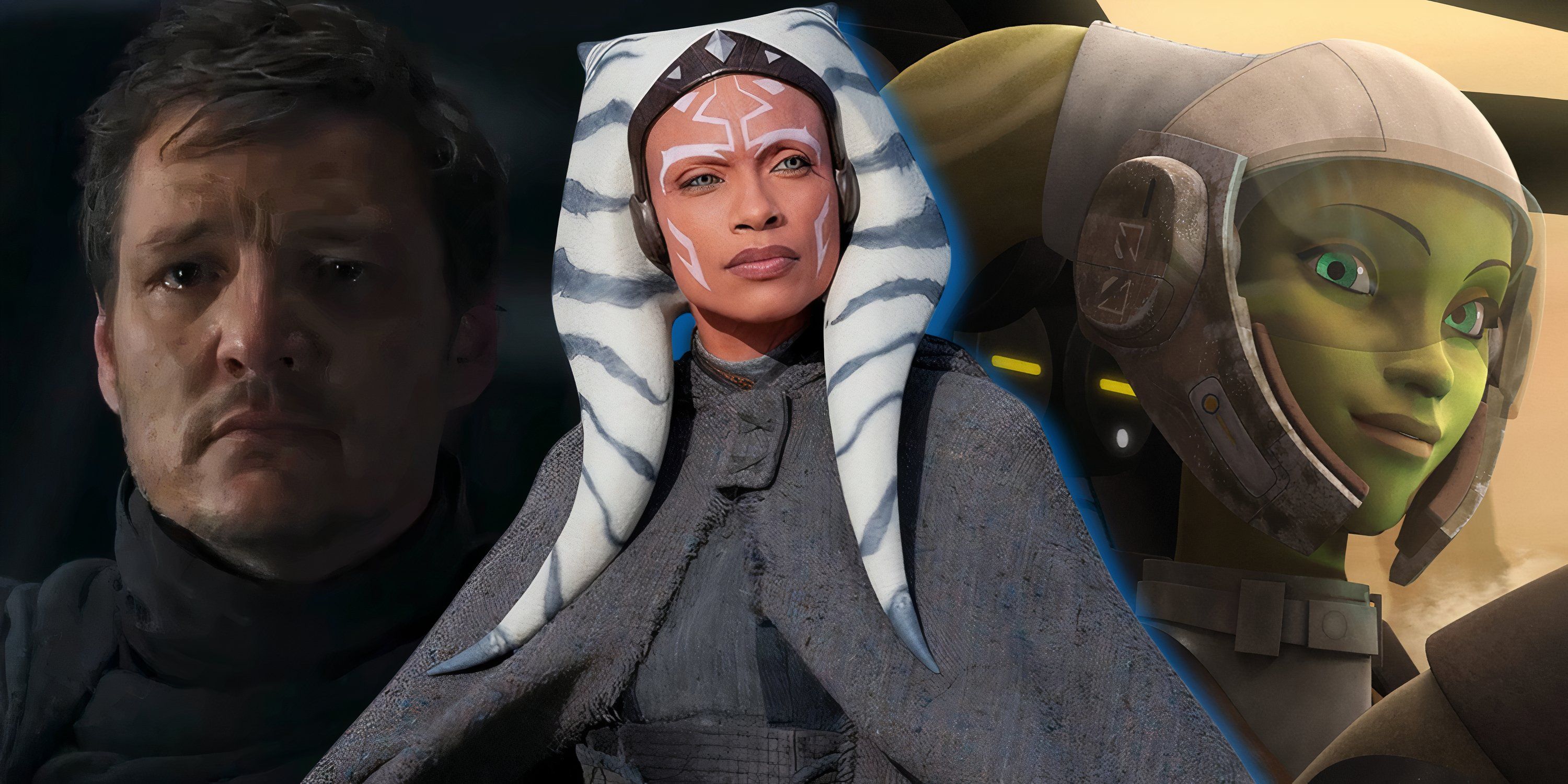
Summary
- Lucasfilm gave George Lucas creative control, but was sold to Disney in 2012.
- Disney’s focus has shifted to TV series on Disney+, causing a split in the fanbase.
- “Andor” showcases the success of standalone stories in the Star Wars universe, appealing to mature audiences.
The Star Wars series stands as one of the most legendary and prosperous franchises ever made. It transcends the boundaries of movies alone, expanding into television shows, video games, comic books, novels, and various other media forms. From a fan’s viewpoint, there’s no dearth of content to engage with. Nevertheless, the torrent of recently released content has sparked some confusion over exactly what defines the Star Wars franchise.
Starting with the debut of “Star Wars: A New Hope,” originally named just “Star Wars,” in 1977, George Lucas utilized his own production company, Lucasfilm, to distribute all subsequent “Star Wars” films until the sixth installment, “Star Wars: Revenge of the Sith,” in 2005. Established to ensure creative freedom following challenging experiences working with Hollywood studios, Lucasfilm served as a platform for Lucas’ movies. However, in 2012, Lucas sold Lucasfilm to Disney, making it a part of their conglomerate. This transition stripped Lucas of his control over the direction and output of Lucasfilm and the “Star Wars” brand.
Disney’s New Direction With The Star Wars Franchise

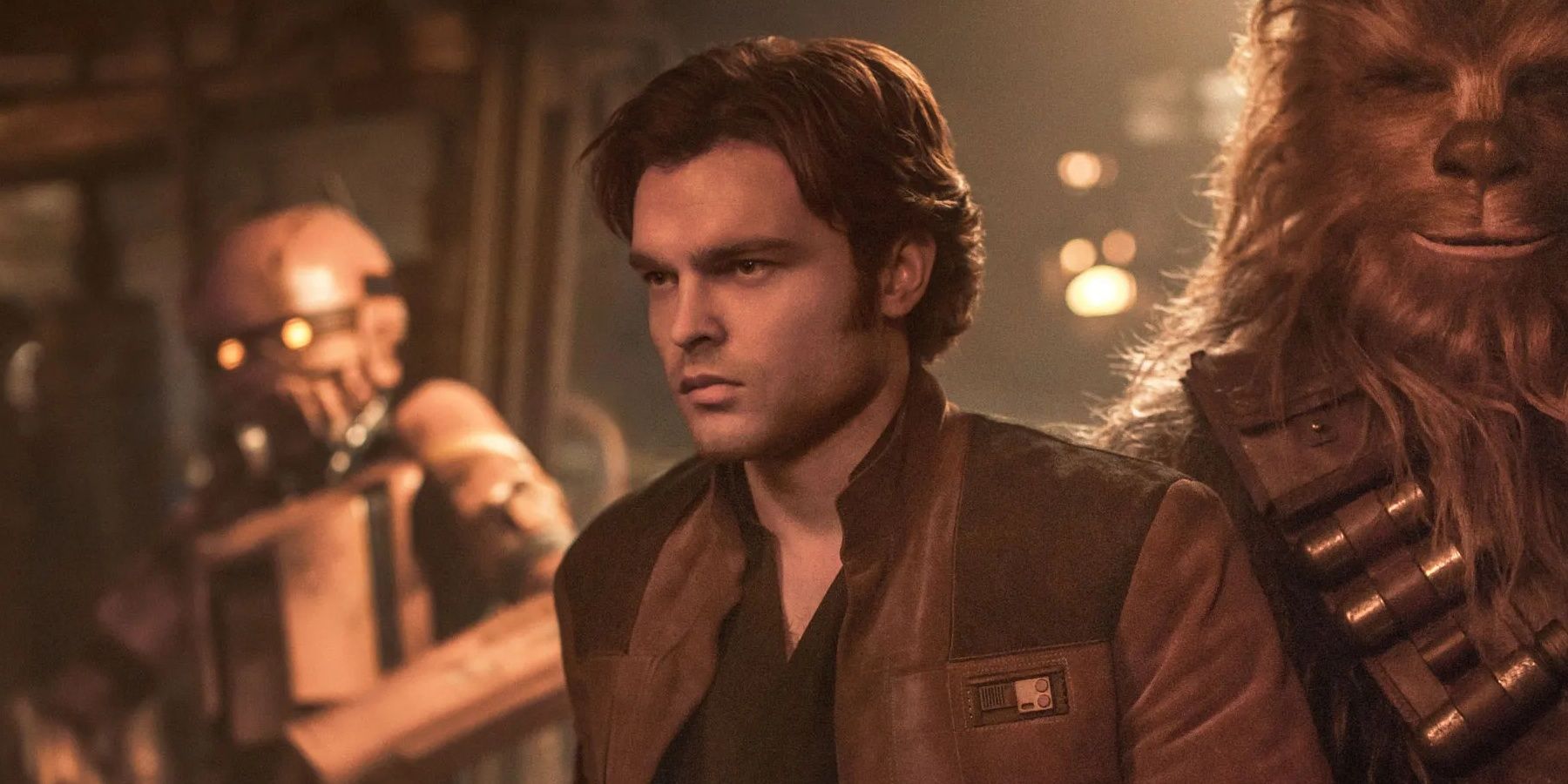
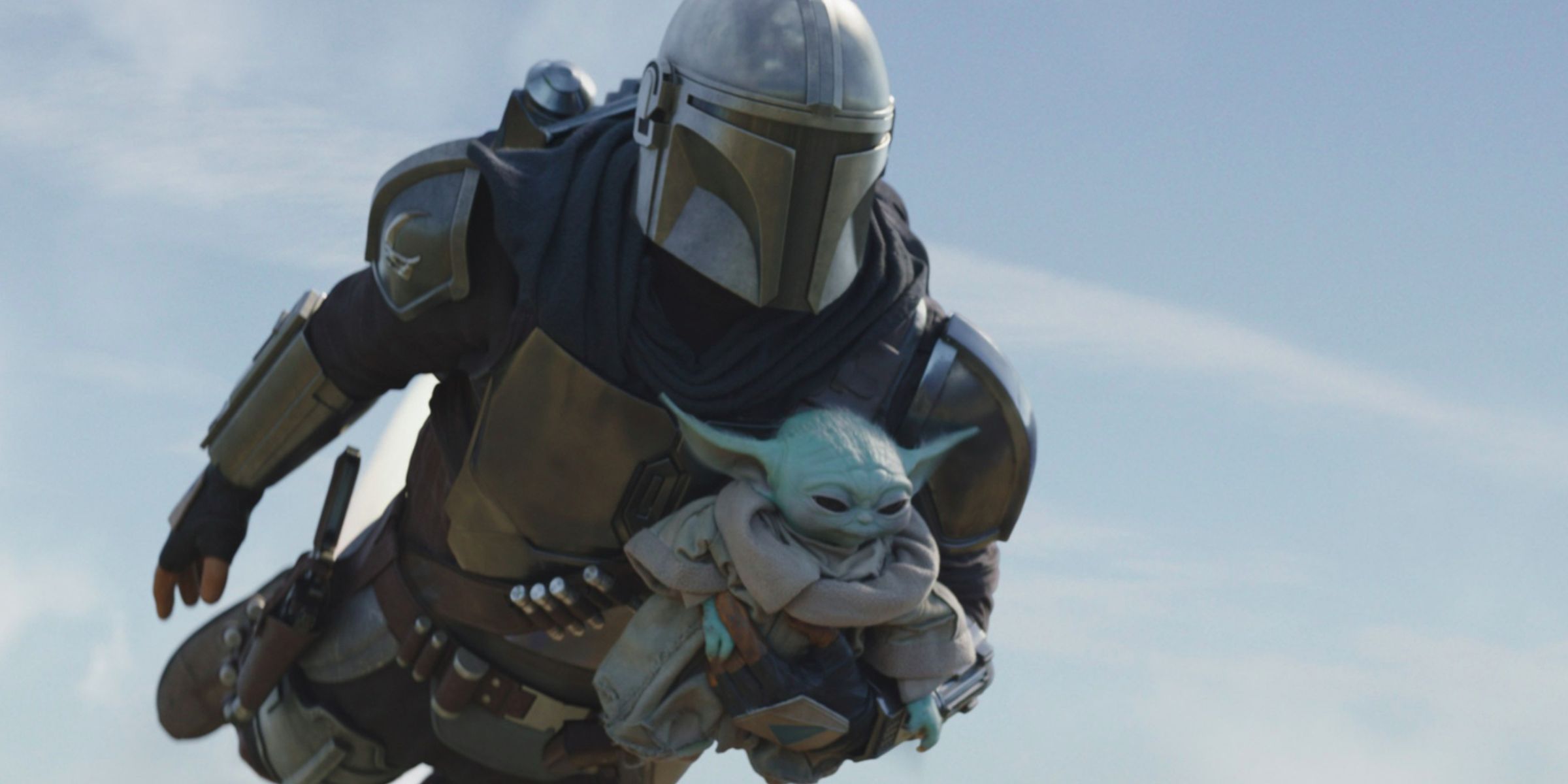
Disney made a significant impact when they took over Lucasfilm, launching the sequel saga beginning with “Star Wars: The Force Awakens” in 2015. This film, set 30 years after “Return of the Jedi,” primarily featured new characters, including a scavenger with force sensitivity named Rey. In addition, two spin-off movies were produced between the sequel trilogy – “Rogue One” and “Solo.” The reception to these films was mixed; some fans argued that they lacked originality, while others felt that the sequel trilogy had a negative effect on the earlier movies.
By the time the Star Wars sequel trilogy ended in 2019 with The Rise of Skywalker, Disney’s influence on the franchise was far from over. The launch of Disney+’s streaming platform provided a new venue for Star Wars, giving Disney a place to share all upcoming content without relying on cinema or television network approvals.
During this period, Disney began to concentrate on producing TV series, with the debut being the highly successful show “The Mandalorian“, featuring an unidentified Mandalorian bounty hunter and his endearing pet (popularly called ‘baby Yoda’ by fans). The series’ triumph demonstrated that there was a market for fresh stories set in the Star Wars galaxy. Following the success of “The Mandalorian“, Disney gave the green light to more and more original Star Wars TV shows, which eventually led to the fanbase becoming divided.
Dave Filoni As Chief Creative Officer
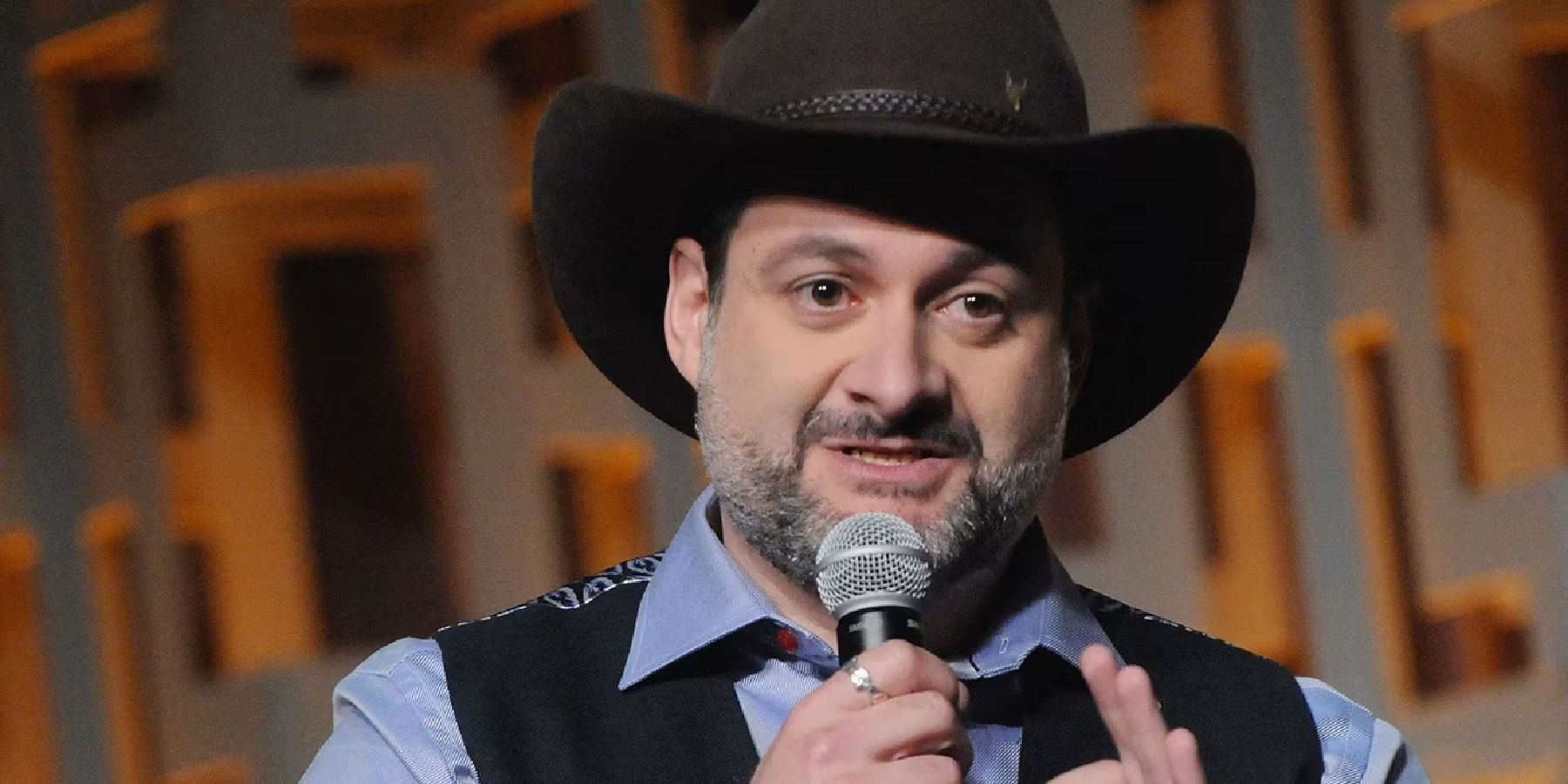
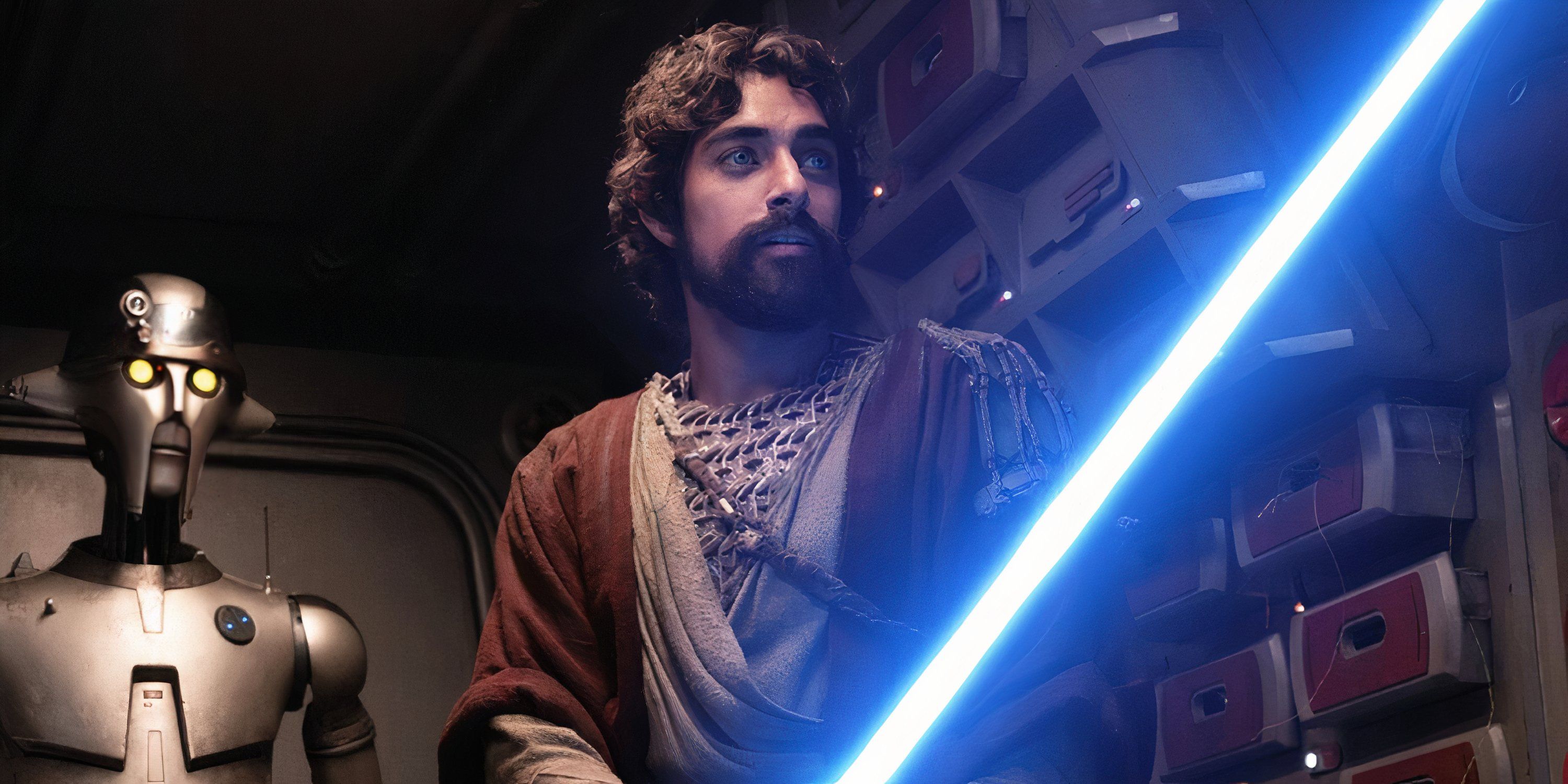
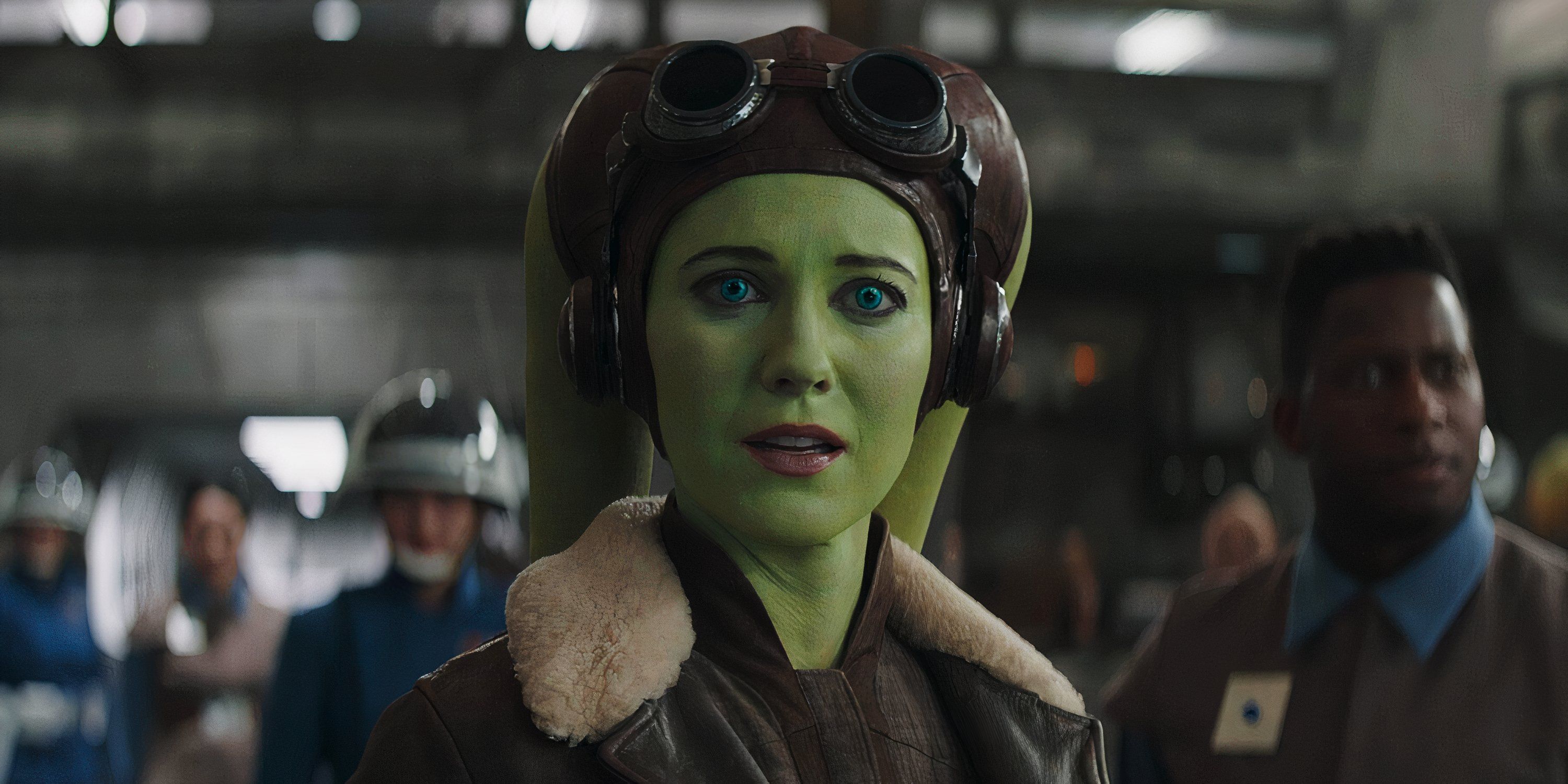
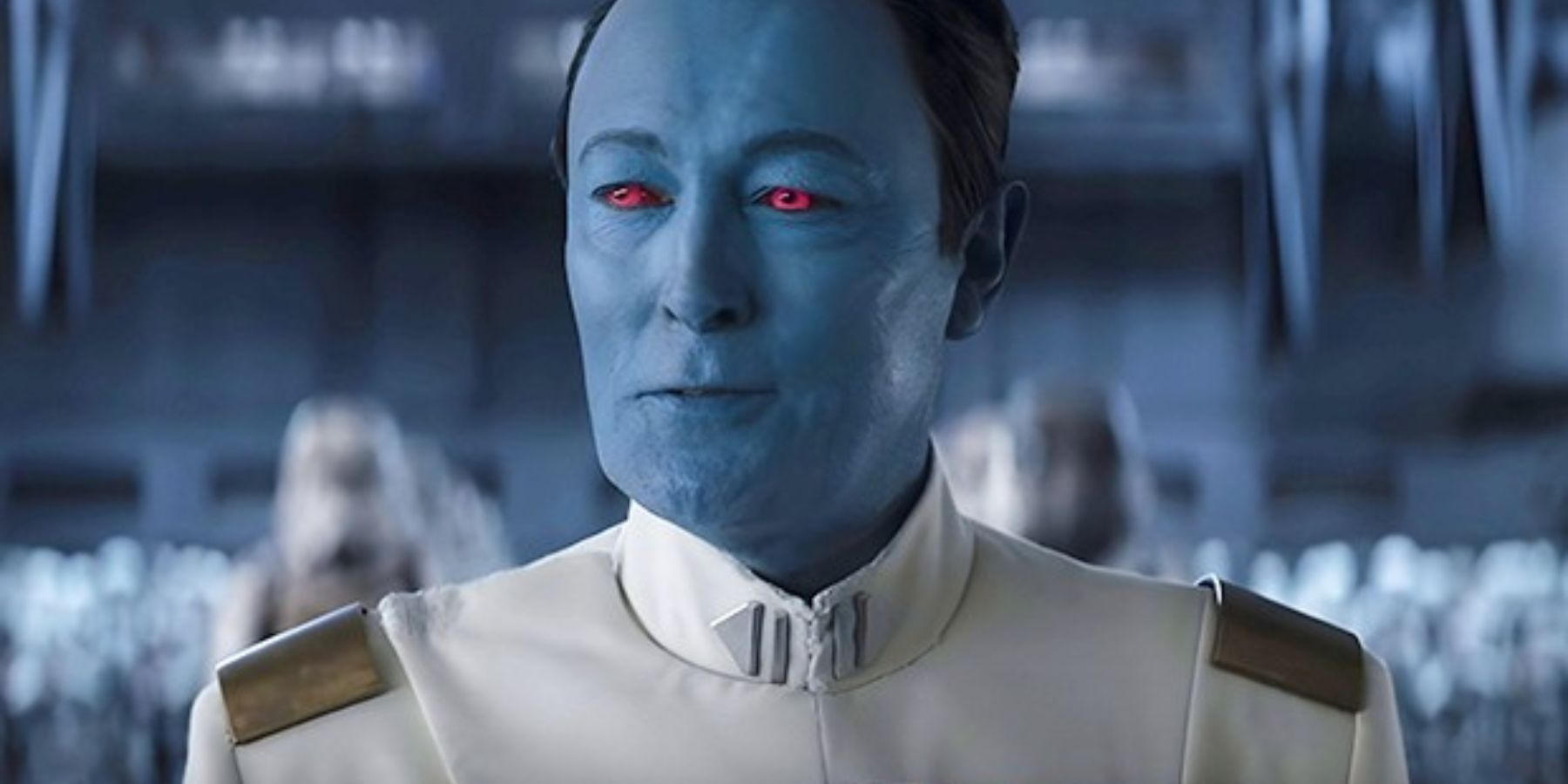
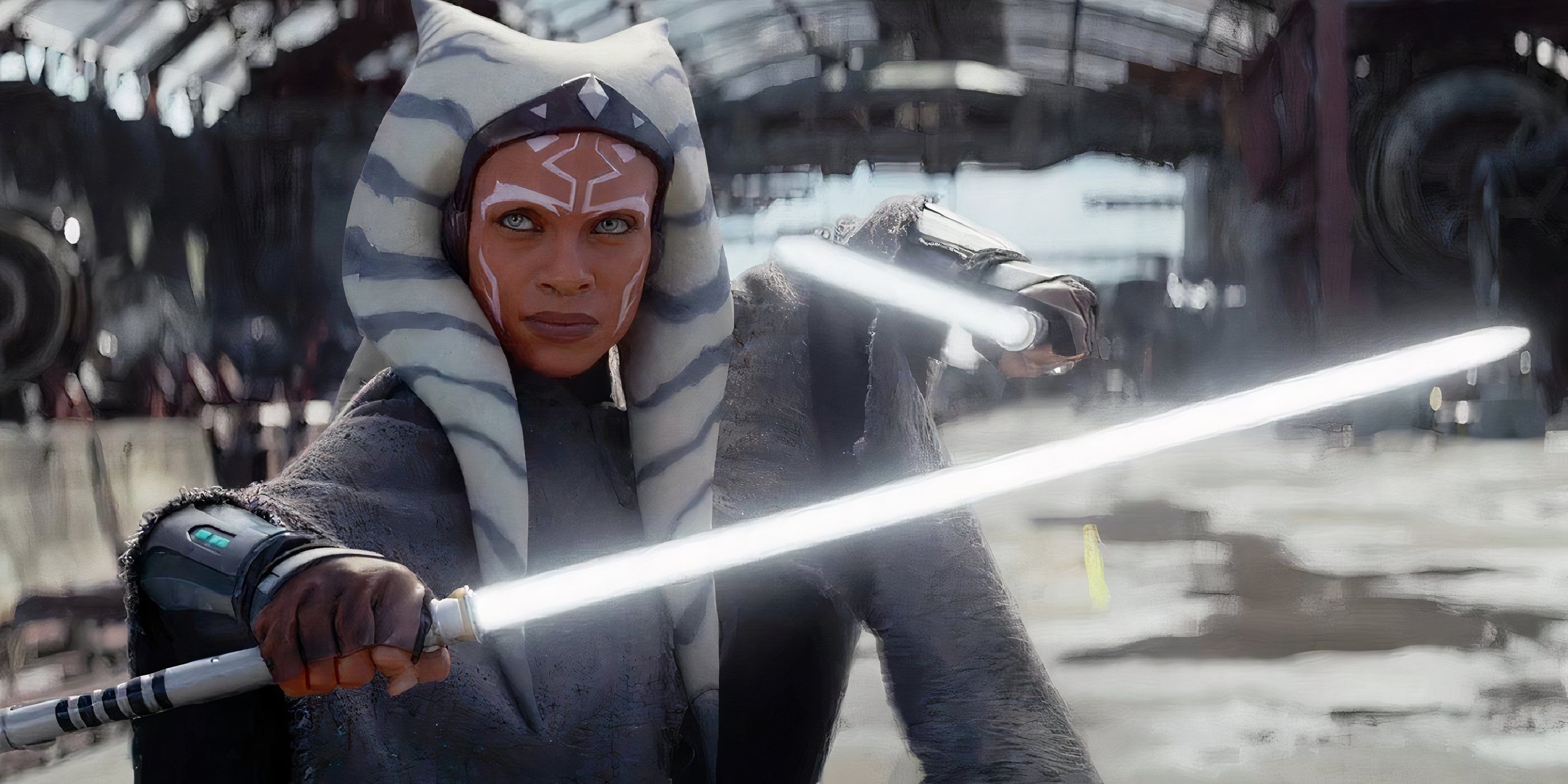
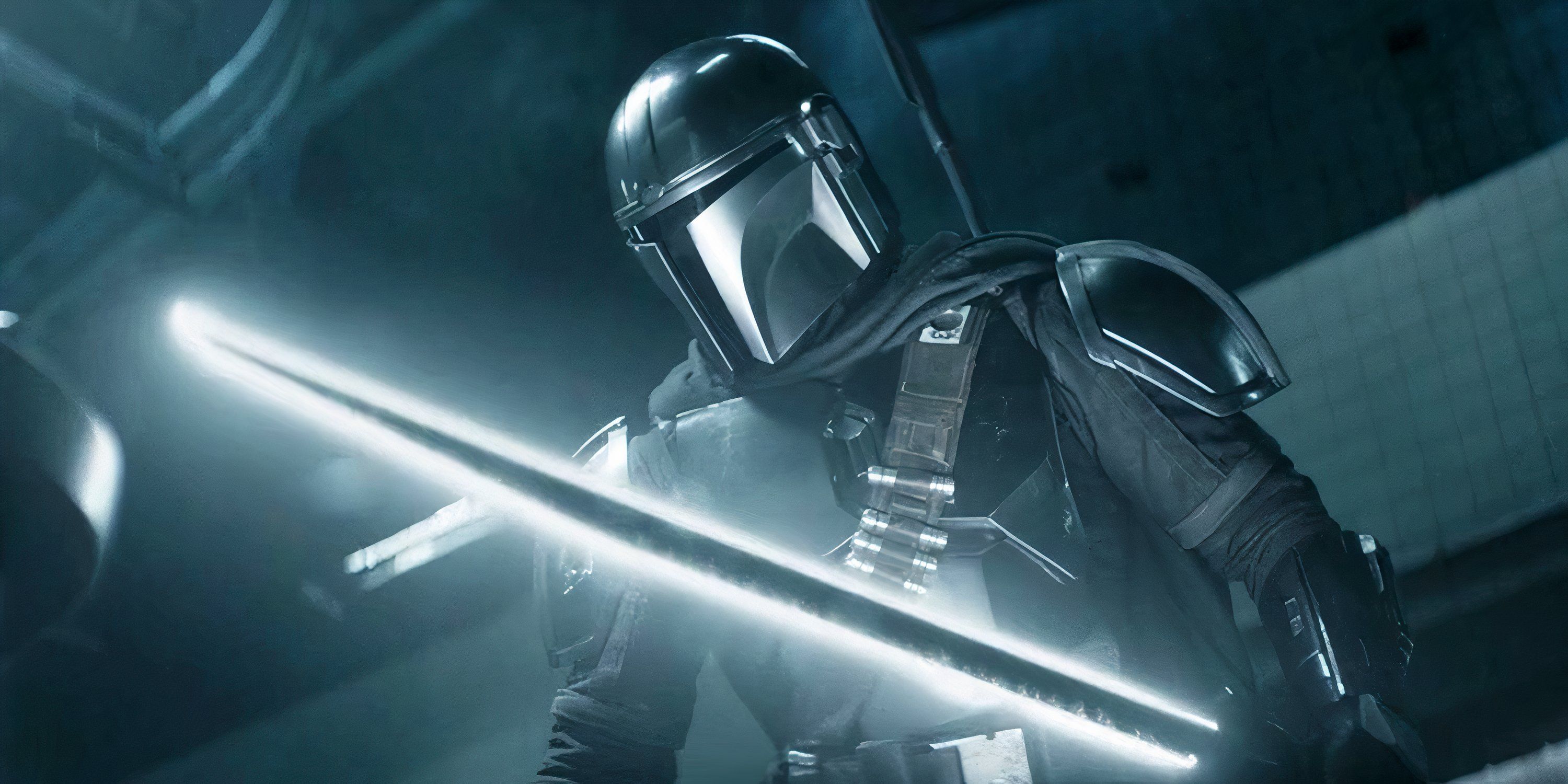
Primarily, Dave Filoni is a dedicated enthusiast of the Star Wars universe. His passion for the franchise shines through in the content he produces and his deep, comprehensive understanding of Star Wars history, which has won over fans. Filoni initially worked on animated Star Wars projects like Clone Wars and Rebels. However, when Jon Favreau began working on The Mandalorian, he recruited Filoni due to his extensive knowledge.
Throughout the course of his tenure on the series, Filoni held significant influence over key narrative choices and the show’s general trajectory. Regardless of whether fans perceive this as a positive or negative development, it is undeniable that Filoni’s contributions have transformed The Mandalorian to an extent that it bears little resemblance to its Season 1 debut. As an ardent enthusiast, Filoni has occasionally faced criticism for favoring action-packed scenes over the nuances of storytelling. Essentially, this translates to him preferring spectacle over the finer points of narrative development.
Ever since introducing “The Mandalorian,” Dave Filoni has been involved in developing “The Book of Boba Fett,” “Ahsoka,” and “Skeleton Crew.” It’s recently been revealed that he will be taking on the directorial role for a live-action Star Wars movie, one that is expected to weave together and wrap up the storylines from all the TV series he has worked on so far. This narrative style may resonate with fans who are familiar with the Marvel Cinematic Universe, another franchise under Disney’s ownership.
This method of distributing media is highly profitable due to the grand, interconnected finale movie that contemporary viewers have become accustomed to. However, to fully grasp the storyline, viewers must initially consume all ancillary content. Disney has successfully instilled a sense of FOMO (Fear Of Missing Out) among its audience. This strategy was once highly effective, but now fans are becoming exhausted by it. This is particularly noticeable in the case of Dave Filoni’s Mandoverse, a term coined for this universe.
What Andor Teaches Disney About The Future Of Star Wars
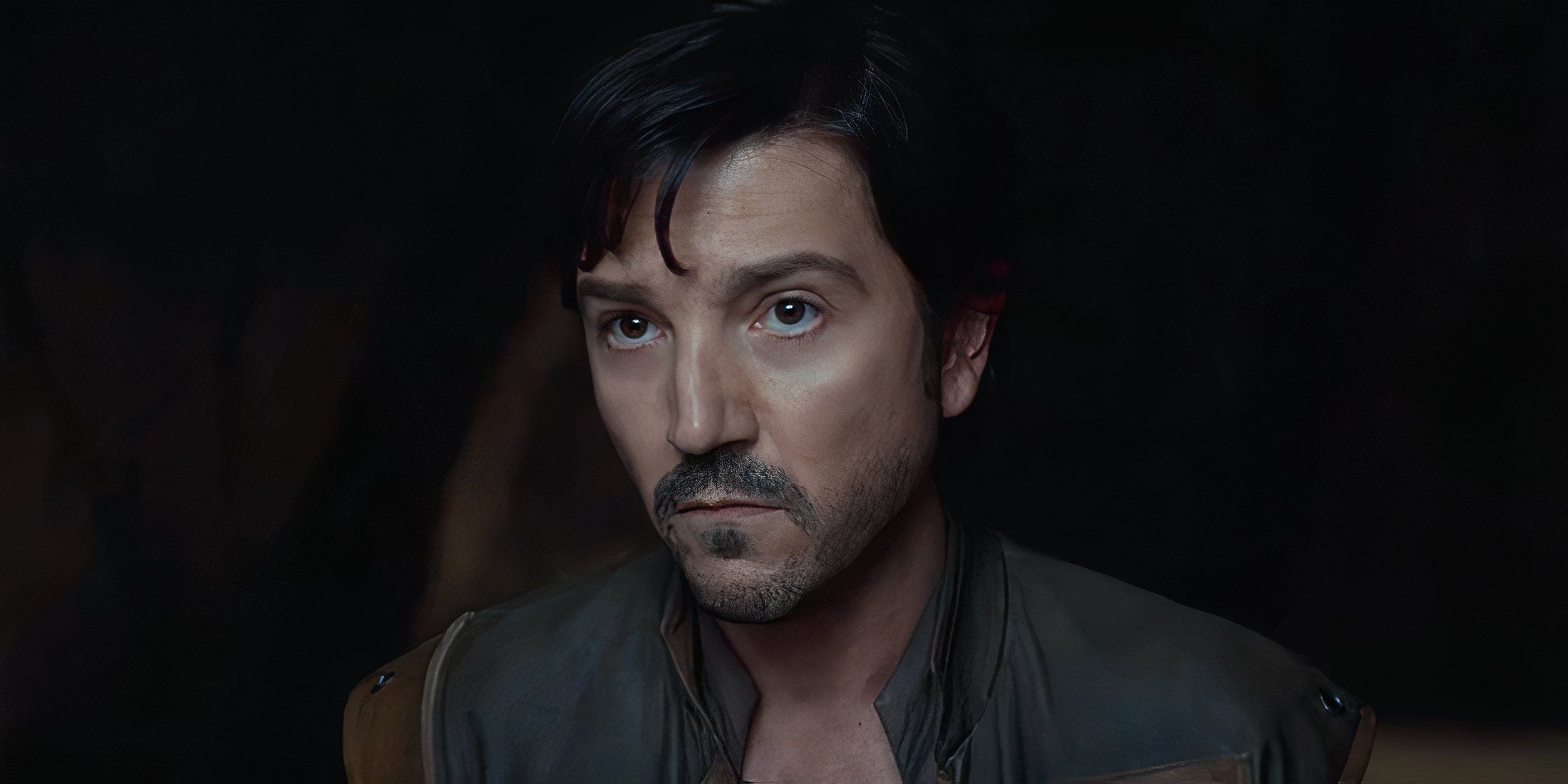
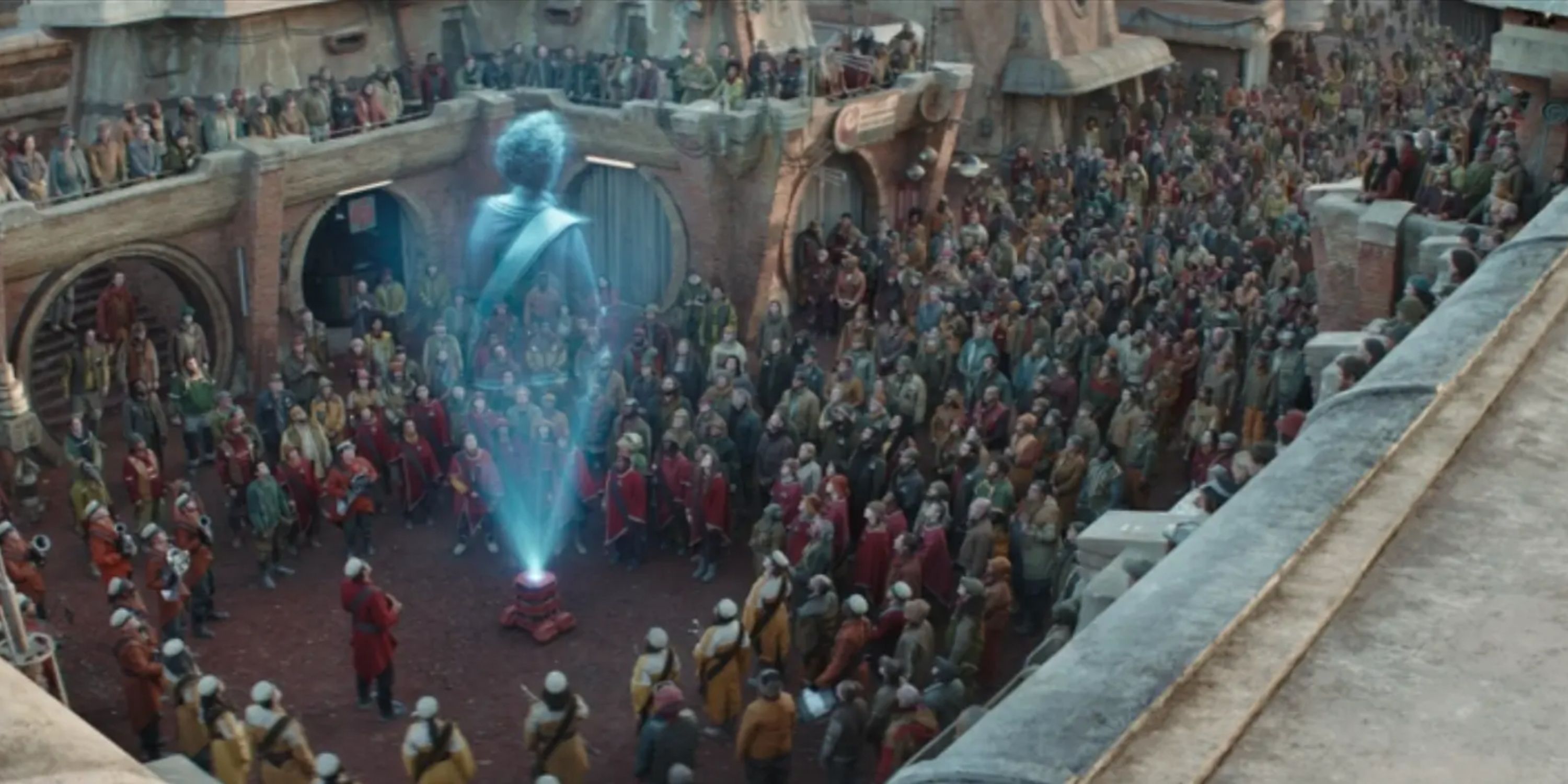
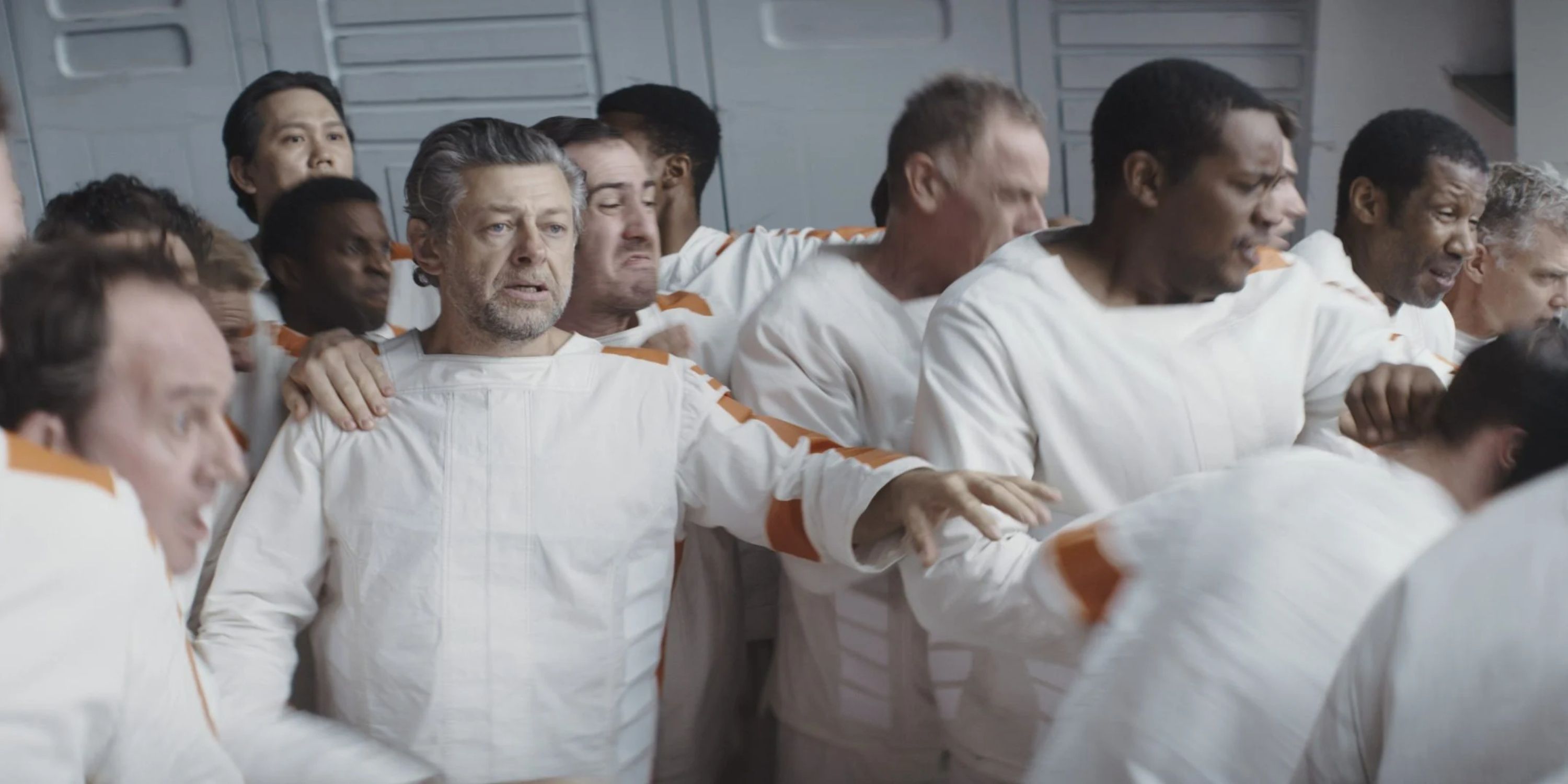
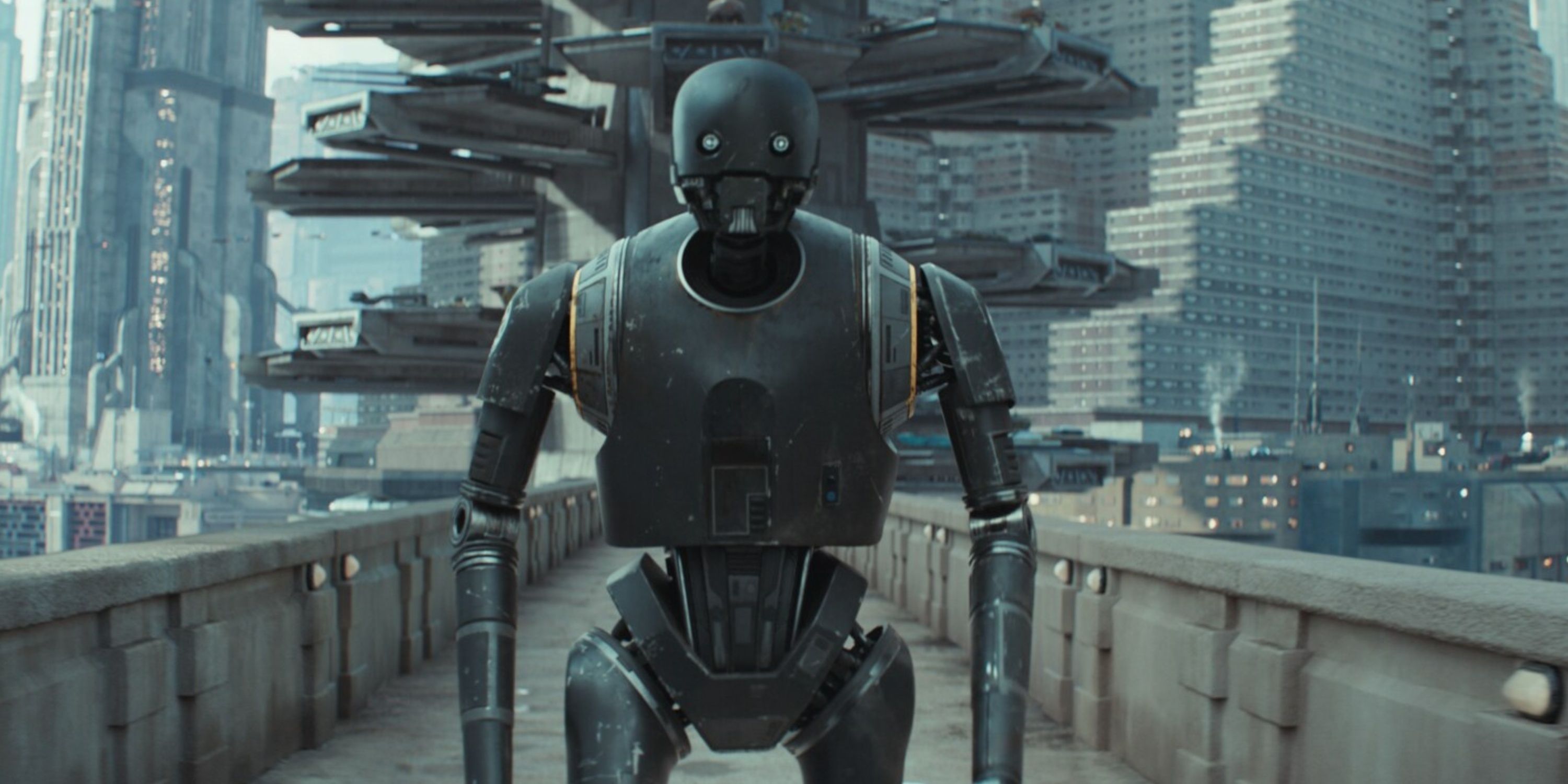

Fans initially expressed skepticism and confusion when Disney revealed plans to create a TV show centered around Cassian Andor from a spin-off film. However, all doubts were dispelled once the series premiered, as it was widely acclaimed for its realistic and mature portrayal of Star Wars. The show delved into the unglamorous aspects of initiating a rebellion against an oppressive government, providing deeper insight than even the original trilogy did.
In contrast to Filoni’s Mandoverse, the series Andor didn’t rely on spectacle. Instead, it primarily featured new characters, which was financially risky but proved successful and rekindled many fans’ interest in the Star Wars franchise. With Season 2 receiving positive feedback from viewers, Andor has demonstrated what The Mandalorian showed in its first season: there is a market for slower-paced, realistic standalone stories within the Star Wars universe. Moreover, Ryan Reynolds has proposed an R-rated Star Wars film to Hollywood, indicating that some fans think this is the best path forward for the franchise.
Who Is Star Wars For?
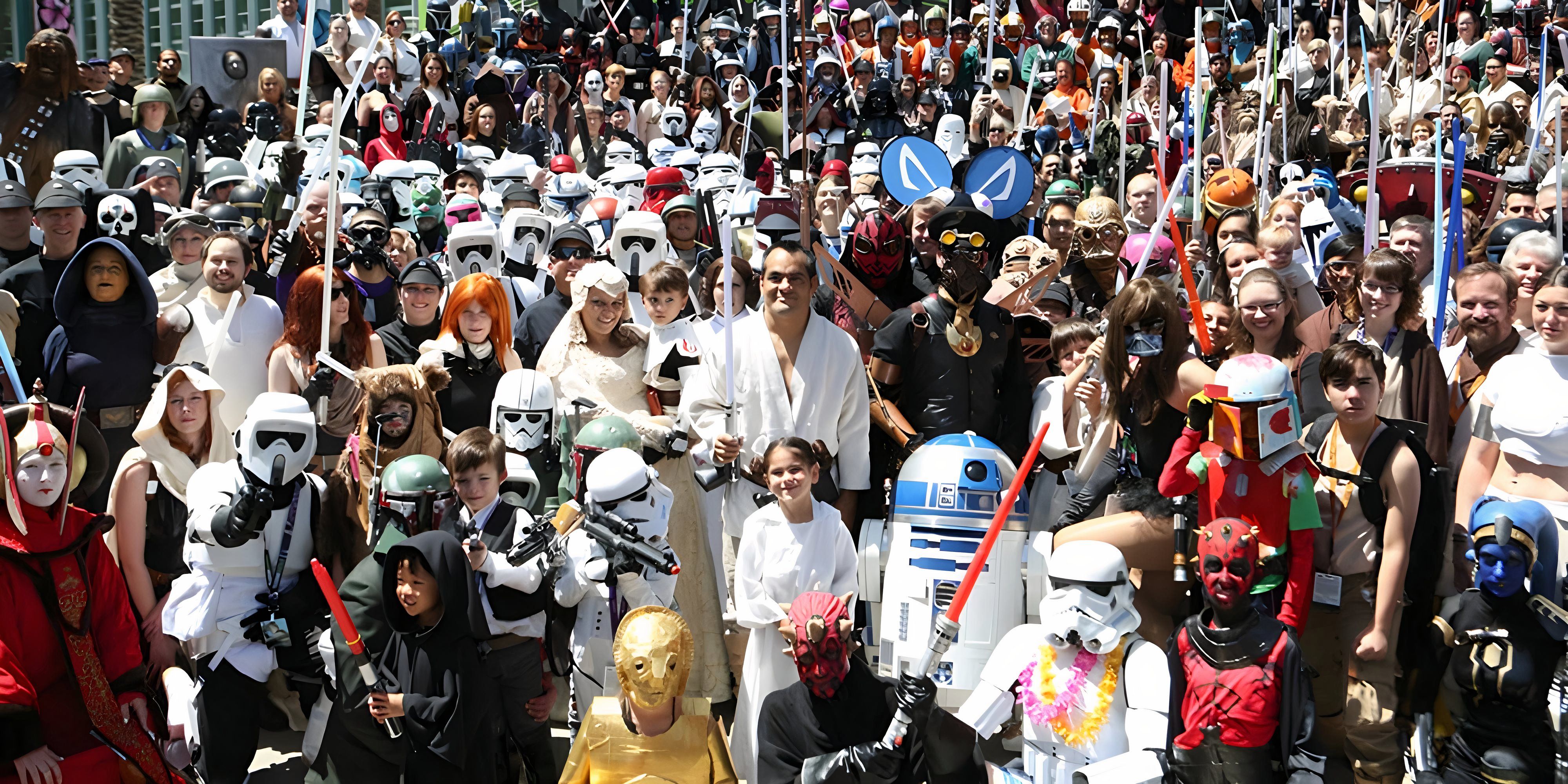
George Lucas expressed this idea at the Star Wars celebration in 2017. He mentioned that he originally envisioned Star Wars as a series suitable for around 12-year-olds. In a subtle manner, Lucas suggested that fans might have overanalyzed and strayed too far from his original intent, which was to instill in young minds the value of choosing right over wrong and resisting the temptations of the dark side.
George Lucas, being the creator of the Star Wars franchise, holds significant influence over the intended audience of the series. His viewpoint aligns with Dave Filoni’s creative direction, which emphasizes thrilling action and visual spectacle appealing to a younger demographic. Despite some criticism for lacking depth, Filoni’s Mandoverse maintains the core values that Lucas envisioned for Star Wars: teaching children about righteousness, friendship, and honesty.
As a devoted Star Wars fan who grew up with the franchise, I often ponder: “Does the content need to evolve along with its audience?” For me and many others who fell in love with Star Wars as kids, our interest never waned. Shows like Andor and the early episodes of The Mandalorian, which resonate deeply with long-time fans, prove this point. Though this new, more mature take on Star Wars may not have been George Lucas’ original vision, it effectively prevents us from feeling left out. From a business standpoint, it seems strategic for Disney to continue investing in shows like these, as they cater to our enduring passion for the galaxy far, far away.
Although the Star Wars franchise currently faces a split among fans and an uncertain brand identity, this situation doesn’t automatically pose an immediate problem for Disney or the fandom. When George Lucas was creating the first Star Wars in 1976, he faced numerous practical challenges and budget overruns. The movie needed to be a massive success to ensure further installments of the iconic original trilogy. However, with substantial investments in new Star Wars projects and Disney’s ability to release fresh content directly on Disney+, they no longer have to be as selective in their productions. This allows them to cater to more specific audiences due to the evolving nature of the fanbase.
George Lucas might find it disheartening to see ‘harsh critics’ and ‘Star Wars’ enthusiasts clashing, but the essence of ‘Star Wars’ continues to thrive in today’s media world. This is a point worth acknowledging by everyone, regardless of where they stand on the ‘Star Wars’ fan base.
Read More
- Best Awakened Hollyberry Build In Cookie Run Kingdom
- AI16Z PREDICTION. AI16Z cryptocurrency
- Best Mage Skills in Tainted Grail: The Fall of Avalon
- Tainted Grail the Fall of Avalon: Should You Turn in Vidar?
- Nintendo Offers Higher Margins to Japanese Retailers in Switch 2 Push
- Nintendo Switch 2 Confirms Important Child Safety Feature
- Nintendo May Be Struggling to Meet Switch 2 Demand in Japan
- Top 8 UFC 5 Perks Every Fighter Should Use
- Nintendo Dismisses Report On Switch 2 Retailer Profit Margins
- Nvidia Reports Record Q1 Revenue
2025-05-31 20:04